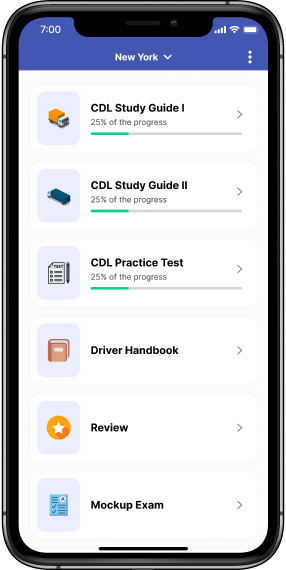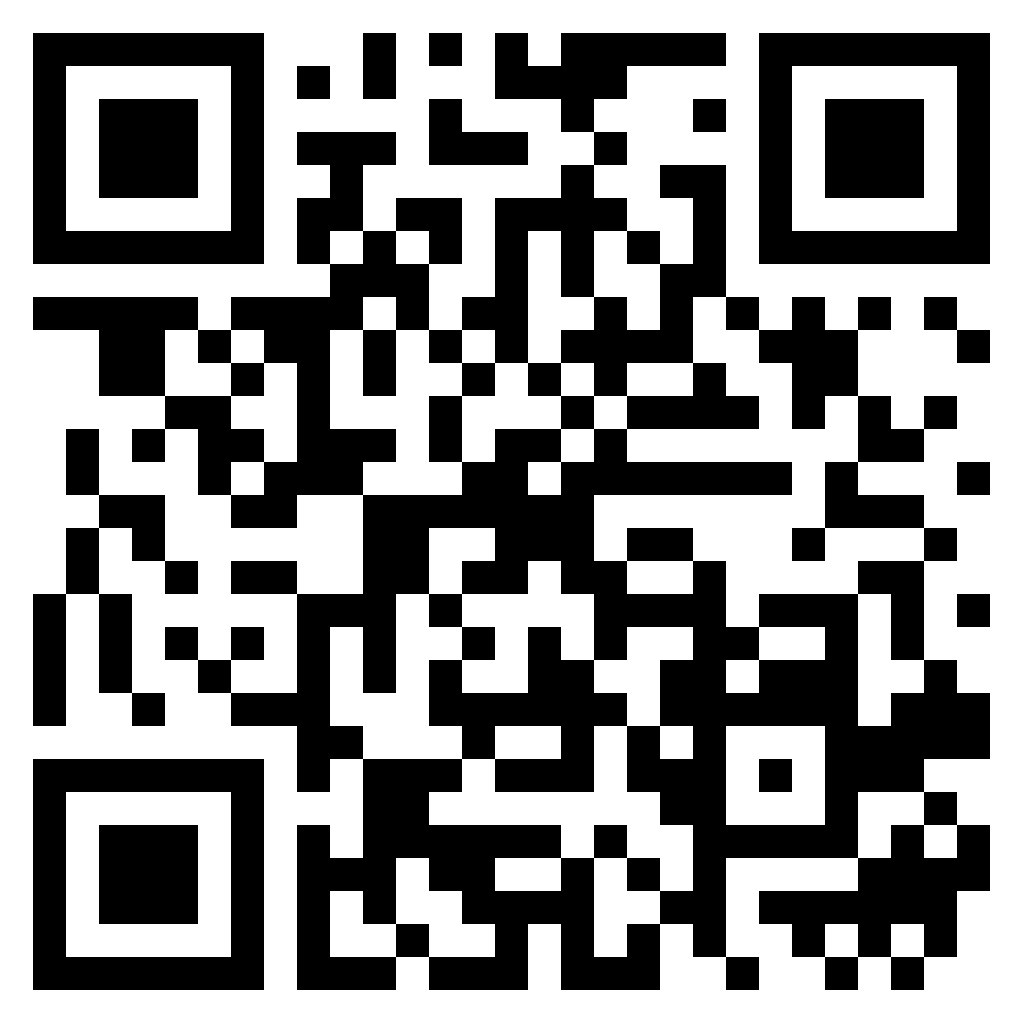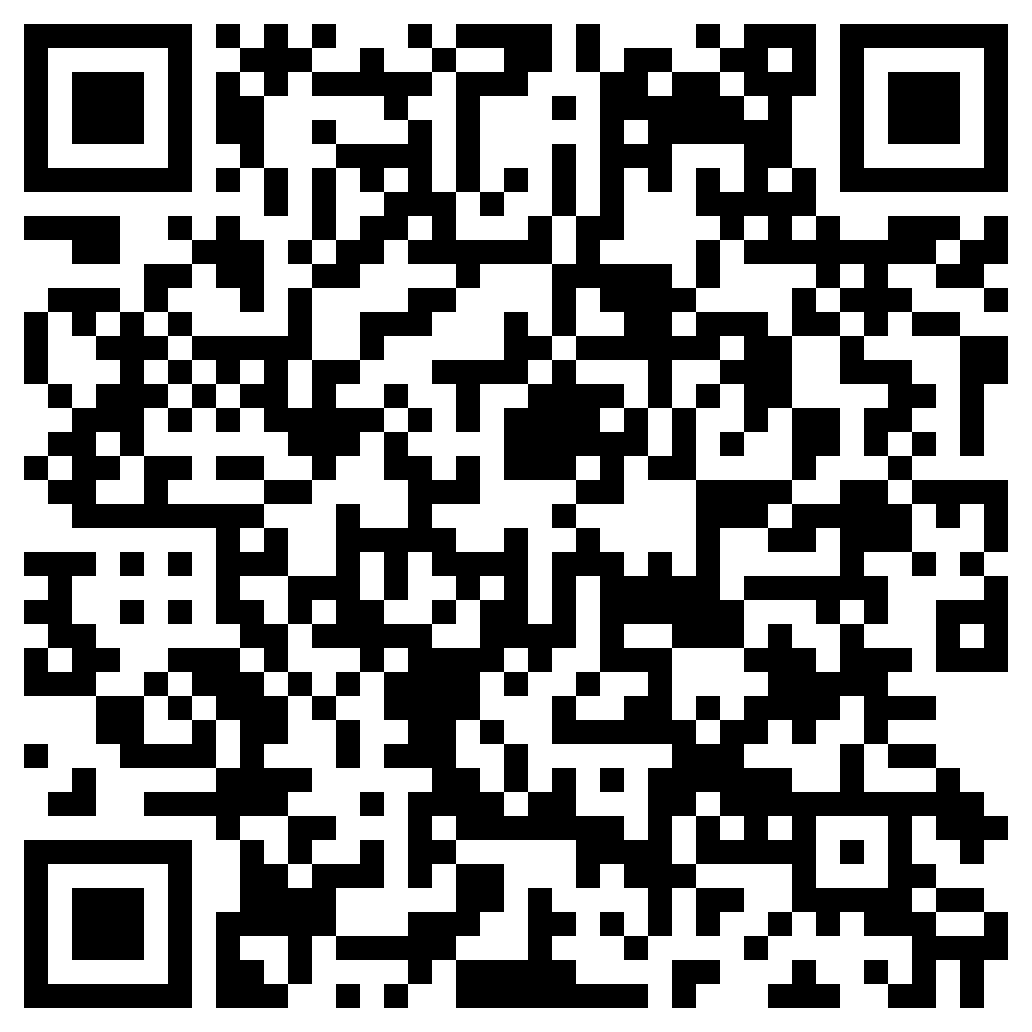How To Use Cruise Control Effectively As A Truck Driver

According to statistics, speed is a contributing factor and, in many cases, the cause of over 50% of large truck accidents. Using cruise control is one of the best ways to manage your speed on dry roads while driving on the interstate.
In this post, we will look at what truckers need to know about using their truck's cruise control to control their speed.What is Cruise Control?
Cruise control is a particular type of automatic transmission that works with the engine speed to match the car's speed, allowing the driver to set an ideal rate and not override the information with the accelerator. Cruise control can be manually activated or as part of an automatic transmission.
How Does Cruise Control Work?
Cruise control is a set of sensors installed on the transmission and sensorial engine, often in a vacuum system. When the driver sets the speed at which the car travels, and the cruise control system determines it is at the same speed, it activates the throttle to maintain that speed.
- At cruising speeds, the engine spins slower than the wheels, allowing the car to maintain momentum without expending much energy.
- During highway cruising, the engine typically runs at a constant speed with the throttle slightly open to allow oil to flow through the machine and keep it lubricated.
- When cruising at lower speeds, the car is typically in the A (park) or N (neutral) position, allowing the engine to idle.
- When the driver steps on the accelerator, the engine's RPM rises, and the throttle closes slightly, allowing the oil to flow out of the machine, and it starts to accelerate.
How to Set Cruise Control
Your cruise control system comes with a few different settings. You must choose the correct settings for your vehicle and driving habits.
- If you drive long hauls, you can lower your cruise control speed to ensure that you don’t get tired driving at the same rate for extended periods.
- If your route is usually a bit shorter, you might want to set your cruise control speed higher so you don’t need to pedal constantly. This will allow you to stay more relaxed and avoid being overstressed.
Learn more about DOT Inspection, here.
To set up your cruise control, you need to:- Find the cruise control button on your dashboard. It will be either on the steering wheel or a console near the air-conditioning controls.
- Activate cruise control. You can do this by pressing and holding the cruise control button until you get a beep from your dashboard.
- Adjust the speed. Depending on your vehicle, this will be on the cruise control dial or the console. Once you have changed the rate, you should be ready to cruise at that speed.
Figure 01. How to Set Up Your Cruise Control
When Should You Use Cruise Control?
This system is handy on long trips where the driver has their eyes on the road, not the dashboard. Cruise control is ideal for long-distance travel and useful in highway driving.
When Not to Use Cruise Control?
While cruise control has many advantages, there are situations when it is unsafe to use. Avoid using the cruise control:
- In heavy traffic, on curving roads, traveling downhill, and when approaching a bridge.
- On slick roads, which include snow, ice, severe rain, and hailstorms.
- Late at night or when you're tired. Cruise control can quickly become snooze control. Because you don't have to keep your foot on the pedal, it's easier to drift asleep - and lose control of your vehicle.
Learn more about Double Clutching as a truck driver, here.
Tips for Using Cruise Control Effectively As A Truck Driver
- Operate at the recommended speed for your vehicle. This will help to avoid stalling your engine.
- Adjust the cruise control to suit your driving habits and odometer reading. This will help to reduce the strain on your engine.
- Bring food and water with you. This will help to reduce the strain on you and your engine.
- Be mindful of your fuel consumption. This will help to keep your job hours and your fuel usage in check.
- Use your turn signals as needed to communicate with traffic behind you. This will help to reduce strain on your truck.
- Use your blinkers when cruising to let traffic behind you know that you intend to change lanes. This will help to reduce the strain on your engine.
Is Cruise Control Cost-effective?
The primary function of cruise control is to make driving more comfortable, but it can also save fuel by smoothing out acceleration and deceleration. Driving at a constant speed of 50 mph instead of 70 mph can improve fuel economy by 25%, according to the Department of Transport.
Setting your cruise control to the speed limit can also help you avoid speeding tickets.Cruise control is a beautiful feature on most cars, SUVs, and trucks. We hope this article has helped you understand what cruise control is, how it works and set a safe speed range for your vehicle.Learn more about the CDL exams and valuable tips to pass the tests and obtain your commercial driver's license in our CDL articles.Get ready for the CDL exams with our CDL Prep app, providing a variety of exam-like Questions and state-specific practice tests.





